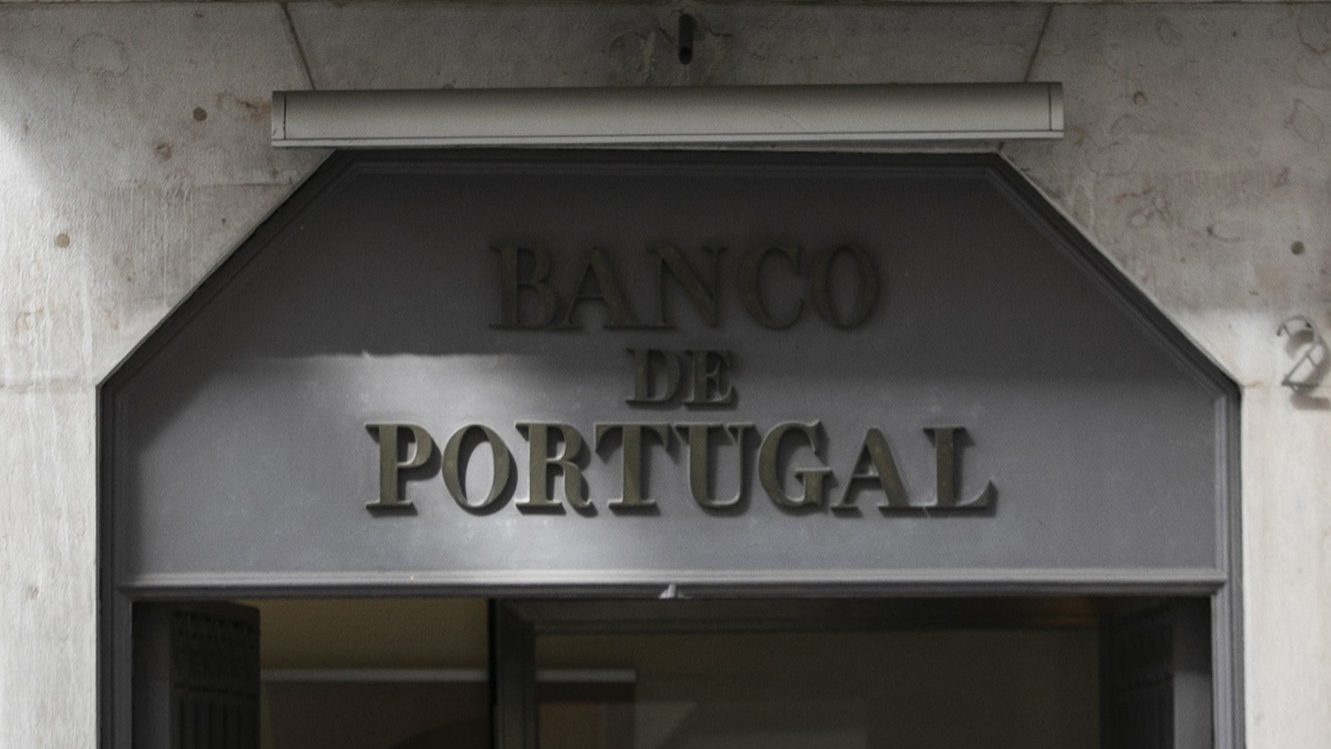Central bank’s balance sheet reaches all-time high of €192B in 2020
The Bank of Portugal (BoP) reached a new historic high of €192 billion in 2020, up 20.5% compared to 2019.
The balance sheet of the Bank of Portugal (BoP) reached a new historic high of €192 billion in 2020, up 20.5% compared to 2019, reflecting the significant impact of asset purchase programmes, worth €69 billion.
“The asset purchase programmes had a significant impact on the balance sheets of the BdP and the Eurosystem as a whole,” the central bank said in a statement on the 2020 Monetary Policy Implementation Report, released on Thursday.
According to the document, at the end of that year, the BoP balance sheet recorded €69 billion of securities acquired under the asset purchase programmes, of which €54.3 billion in the APP (Asset Purchase Programme, 4% more than the previous year) and €14.2 billion in the PEPP (Pandemic Emergency Purchase Programme).
The €14.2 billion acquired in the PEPP was essentially Portuguese government debt.
As for the Eurosystem as a whole, the number of assets acquired under the PEPP amounted to €757 billion, of which more than 90% was government assets.
“The performance of the Eurosystem countered the strong market instability registered in March and contributed to the maintenance of rates at low levels,” said the BdP.
As the central bank pointed out, the implementation of the PEPP contributed to reducing interest rates on government debt in the euro area and countering the rise in the spreads of interest rates on public debt between euro area countries.
“In this context in 2020 yields on Portuguese public debt reached a new historic low and the indicators of the financial stress associated with government debt registered, on average, lower values than those seen in 2016,” it said.
In December, Portugal’s 10-year debt recorded a negative interest rate for the first time, ending the year at a level slightly above 0%.
Additionally, the BdP said that the ECB has established liquidity supply agreements with other central banks outside the euro area to respond to possible liquidity needs in euros associated with the pandemic.
As for the availability of liquidity in US dollars, there was an increase in the supply to counterparties through swap lines agreed between the ECB, the Federal Reserve and other central banks.
Following the Covid-19 pandemic and its economic and financial impacts, the Eurosystem reacted promptly, reinforcing the accommodative nature of monetary policy with the introduction of new measures to ensure adequate financing conditions for the financial sector, the provision of credit to the economy and the stabilisation of financial markets.
Throughout 2020, the conditions of the third series of targeted longer-term refinancing operations (TLTRO-III) were changed, additional operations associated with the pandemic (PELTRO) were created, and adjustments were made to the collateral framework, broadening the set of accepted assets.
The current asset purchase programme (APP) was also reinforced. A new, more flexible programme was launched to respond to the pandemic crisis (PEPP), whose financial envelope was successively increased over the year.
At the same time, the European Central Bank maintained its official interest rates at historic lows.


